The well paved road connecting Atar to Nouakchott allowed for great progress on the 12-seater mini-bus which we caught on the highway near Terjit. A young boy travelling alone from Atar to Nouadhibou was on the bus as well, making his solo trip between his divorced parents. He would have to make the connection to onward transport to Nouadhibou on his own. The driver of our bus seemed to have assumed the responsbility to help the boy. We completed the 350+ km journey in 5 hours and arrived at Nouakchott in bright afternoon sunlight.
Nouakchott's inhabitants were just a bunch of nomads in the 1950s. It became capital of newly independent Mauritania in 1960 and grew rapidly through the next few decades. A third of the country's population (3.5 million) lives there today. Except for a couple of 7 storey buildings, the city is flat and appears to be under constant threat from the sand dunes of the desert. The beach is not very far but it is not part of the city's psyche. This is a desert town.
We had a unique experience in Nouakchott in that we got to stay at our new friends' house. Its central location made it easy for us to undertake walking trips to a few spots in town. We decided to get visas to The Gambia here rather than deal with the big city commute in Dakar. We got a totally different sort of visa application experience in the almost deserted office. Invited to sit down inside to fill out our applications, we were told to get back in a couple of hours. On our way out we ran into the traditionally attired Gambian ambassador himself, who stopped to inquire the purpose of our visit and if we had been treated well in his office. He welcomed us to his country and wished us a good time there. The Malian embassy opposite was a much more ornate building with fancy architecture, but this was not enticing enough to draw us inside. A few years earlier, Mali would have been the highlight of our Western Africa trip. It is a pity we had to satisfy ourselves with a photograph of its embassy building. We hope for its own sake that the country holds onto its great musical and cultural traditions, which we hope to experience first-hand some day in future.
It was a long walk through central Nouakchott to the National museum. It did not have much to offer for non-French speaking visitors but the guard was helpful and pointed out some key exhibits. We passed the modern mosque (donated by Saudi Arabia) with its slender minarets and angled exterior wall. We lunched on custom vegetarian sandwiches on Charles de Gaulle Avenue. After collecting our change after making our payments, we asked the owner if he had any pristine notes or coins for our souvenir collection. He did not have any but went out to the adjacent store and came back with a handful of coins. When we tried to pay him the equivalent in larger currency, he refused. It was nice to see this gesture of friendship towards foreigners.
We barged into a CD store on seeing traditional Mauritanian music CDs displayed outside. The young man in the shop did not seem to have any sort of training selling music. He seemed to have never unwrapped a CD package in his life before as he struggled with the plastic covering. V has had decades of experience in this exercise and he took over the shop for a quarter hour, picking CDs off the shelf, unwrapping it and playing it on the computer. We listened with headphones as the speaker sounded awful. We did not quite manage to find the exact sound that we had heard on the Dakhla-Nouadhibou taxi ride, but we found some excellent artists whose names we had not heard before...Garmi, Ouleye, Kelyhid...
We expected to see a larger version of Nouadhibou, but Nouakchott is much more than that. It did have a big city character with supermarkets and trendy shops and bank buildings. The large French consulate and cultural center occupies a big chunk of real estate in the centre of the city. We were surprised to see the Consulate of India which shared its 7th floor office with its counterparts from Mexico and Austria! This same 7 storey building had a roof top restaurant from which we enjoyed nighttime views of the city about which we knew nothing till we got here.
The Chinese restaurant on Charles de Gaulle served excellent fare, one of the best we've ever had. The Chinese have heavily invested in Mauritania and there seems to be a significant presence in the country. Vegetarians are beneficiaries as the Chinese are famously fond of their own food. We even heard that India is not far behind and saw a few businesses with Indian names, but no Indian restaurants.
The Port de Peche (fish market) by the Atlantic Ocean is quite an interesting place to visit especially at sunset time. Scores of colorfully painted boats are lined up on the beach. Boats are busy arriving with their catch and are being unloaded before departing for more. Several boats were in the water with spread nets. On shore the market was busy and smelly as was to be expected. We managed to take a few photographs and learnt later that the marketeers do not like to be photographed. We enjoyed yet another coincidental meeting with travelers who we had met earlier on this trip. This was the Polish bicycling couple who had stayed at the same Auberge as us in Nouadhibou some ten days earlier. While we had gone inland on the Iron Ore train and returned via the Adrar region, they had bicycled south to Nouakchott.
It was time to bid goodbye to Mauritania and move on south to Senegal. We had a totally different experience here than elsewhere due to the hospitality of S and F who were with us for most of our stay here. Despite our protests, S insisted on dropping us at the shared taxi stand south of Nouakchott from where we got two spots on a taxi bound for Rosso at the Senegalese border.
Google Maps Link (Terjit to Nouakchott)
Google Maps Link (Nouakchott)
Aside:
A typical Mauritanian greeting (we heard that this is applicable to Arabic greetings in general) is a curious sight for an outsider. It consists of a series of rapid exchanges in short syllables with several repeating words. If the meeting is between close friends or relatives after a long time, this exchange can take forever to complete. It is essentially a series of questions fired rapidly across the two with monosyllabic answers (usually indicating that all is well) interspersed. No one is sure if anyone keeps track of the answers paired to the original question. We were given a brief explanation of what exactly transpires. We got the gist of it but we probably took a few liberties with the translation in the below reproduction that is entirely from memory and not guaranteed to be an exact transcript of the original.
Person 1: How are you doing?
Person 2: How are you doing?
Person 1: How is your family?
Person 2: How is everyone's health?
Person 1: No one traveling? Good.
Person 2: No one fall sick? Good.
Person 1: Sheep, alright? Good. Good.
Person 2: Good.
Person 1: Good. Retirement funds stable?
Person 2: Good. No one got malaria? Oh, Sheep died!
Person 1: No camels needing root canals? Good. Oh, sorry to hear that! Sheep taste good?
Person 2: Good.
Person 1: Boss gone on vacation? Good.
Person 2: Good.
Person 1: Good.
Person 2. Good. Good. Good.



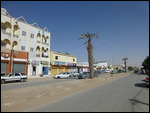
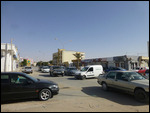
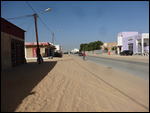








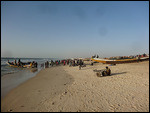
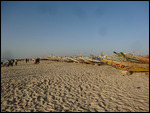



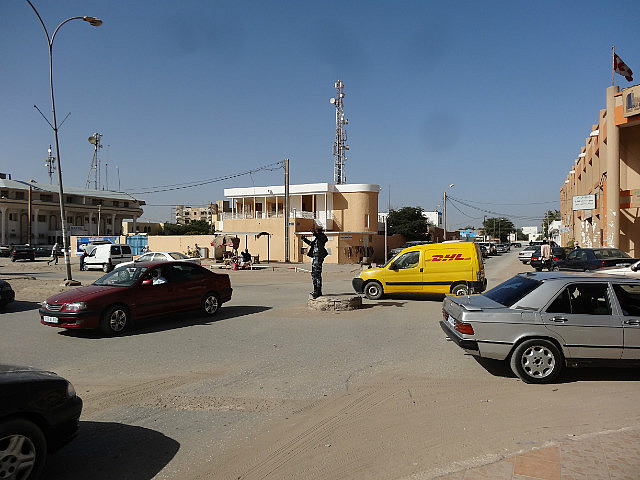

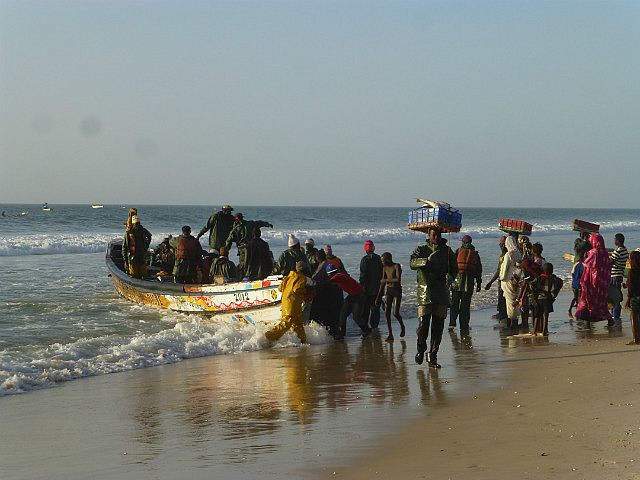
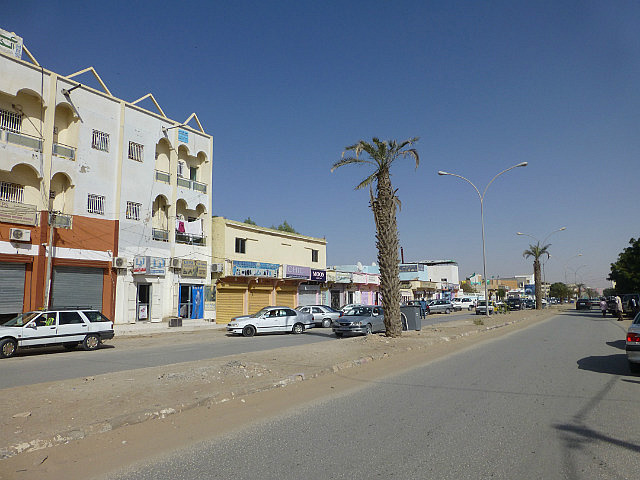
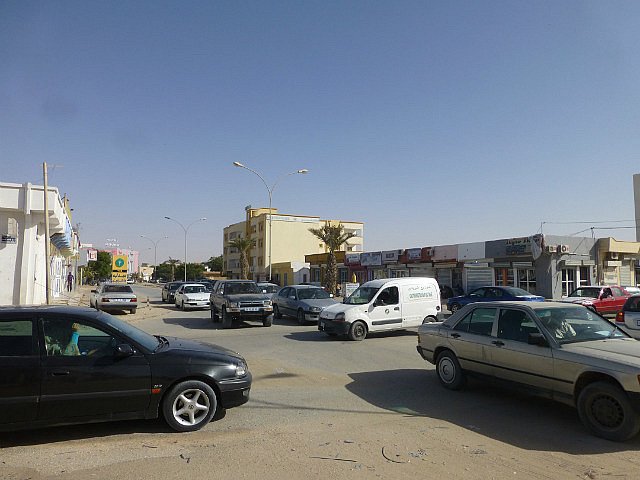



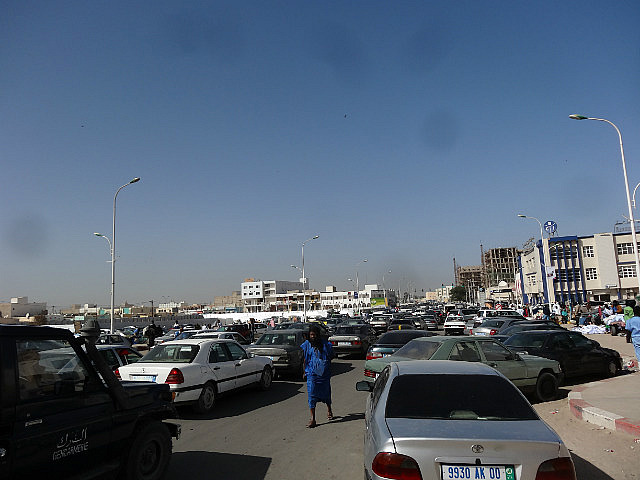
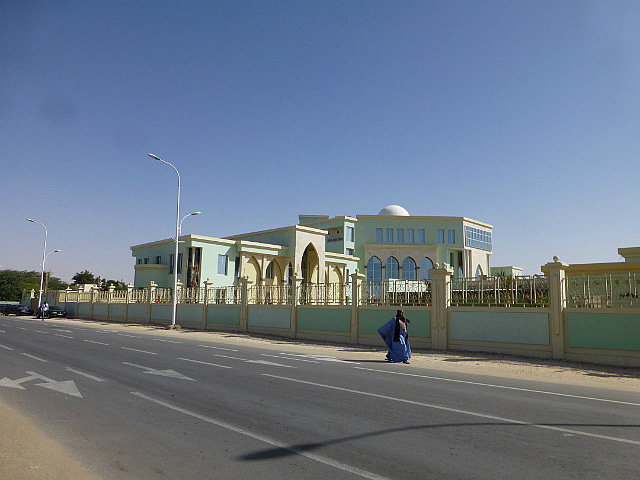
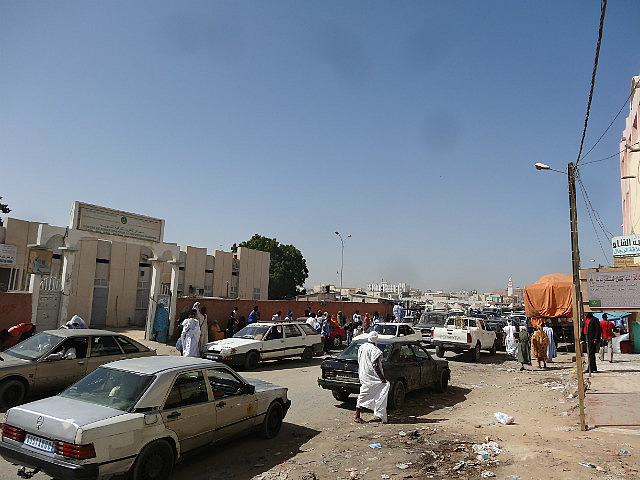



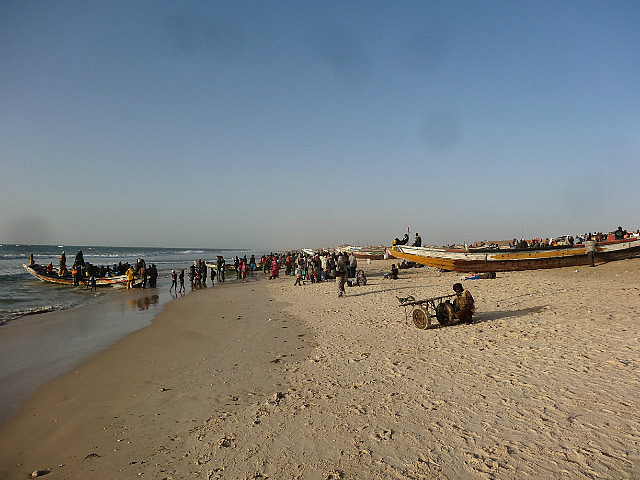

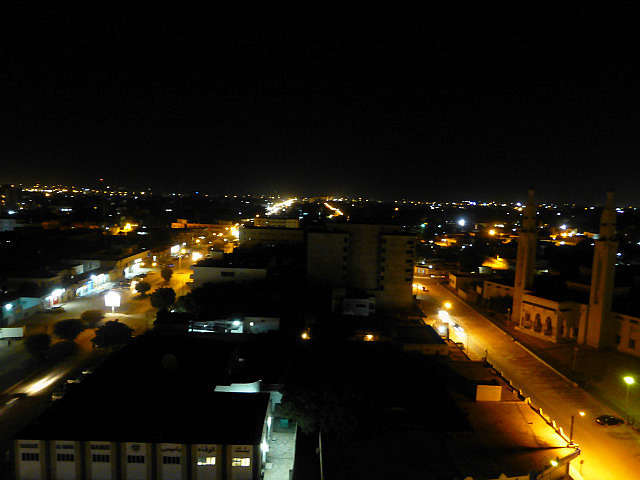
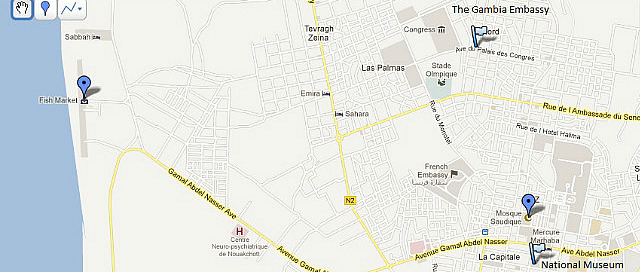

Comments